
Several years ago, one of my friends was diagnosed with fatty liver disease. It impacted the way she felt, leaving her lethargic and almost unable to walk or exercise. Her abdomen was enlarged, she had a foggy brain, and she felt weak. Today, I’m going to go through some foods to eat for fatty liver disease that can help alleviate some of the symptoms and even reverse the process (over time, of course!)
Fatty liver disease changes lives like it did for my friend. The good news is that the liver has some regenerative capabilities. With some care and the right kinds of foods, it can be reversed. The best foods to eat for fatty liver disease include foods with high fiber content because they slow down the absorption of fat and sugars. Fresh fruits and vegetables provide enzymes, vitamins, and minerals to help support the liver. Low glycemic index foods are best, and foods containing antioxidants or compounds like omega-3 fatty acids are a plus.
If you’re interested in learning more, read through this list of the 10 best foods to eat for fatty liver disease. This should give you an idea of what to eat for a fatty liver diet. At the end of this list, I’ll share another list of five top herbs for the liver. With this information, you should be able to begin developing your own eating plan to support your recovery from fatty liver disease.
10 Foods To Eat For Fatty Liver Disease (With Pictures!)
Kale
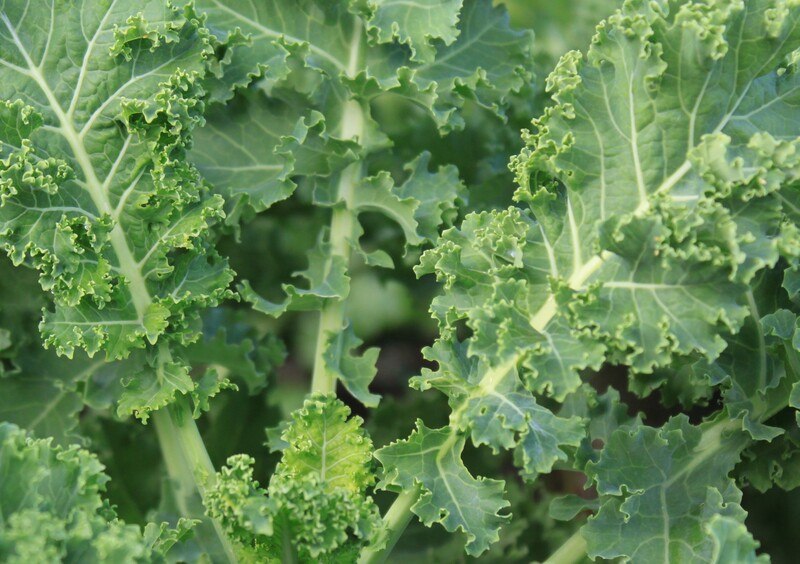
Kale is a dark green, leafy vegetable in the cabbage family. This veggie is rich in natural nitrates, which help synthesize nitric oxide, a long molecule that could help with detoxification by causing blood vessels to dilate. As the blood vessels dilate, blood moves more freely throughout the body, so it can carry away toxins from the liver and nourish it with nutrients.
Some compounds in kale have detox effects of their own. These compounds, called isothiocyanates, aid the detoxification inside cells, which removes some of the burdens from the liver while it detoxes, too. Eating kale also helps treat a fatty liver, because it is a low-calorie, low-carb food that doesn’t overload the liver. This gives it time to rejuvenate, burn fat, and get back to normal.
Because it’s a low-carb, low-calorie food, kale also helps people lose weight or maintain a normal weight. This is important because fatty liver disease is often associated with excess body weight.
As part of the cabbage family, kale also contains a compound called sulforaphane. Sulforaphane is a potent antioxidant and anti-inflammatory substance that helps prevent cancer and cell damage and supports liver health.
Lima Beans

Lima beans are often overlooked, but they provide several health benefits that could help treat a fatty liver. They’re rich in fiber, which aids digestion, and contains all essential amino acids. This is important for a fatty liver because several amino acids help reduce hepatic fat levels and aid liver detoxification.
Lima beans also support healthy weight loss, which also helps lower fat levels in the liver, and help control blood sugar. Having well-balanced blood sugar levels helps the liver by reducing the amount of sugar that is stored as fat.
Lima beans are rich in several nutrients that support overall body health. A cup of raw lima beans provides 65% of the daily recommendation for potassium. This is interesting for people fighting fatty liver disease because low potassium levels are often associated with fatty livers. Lima beans are also a good source of several B vitamins and minerals such as magnesium, manganese, selenium, and zinc.
Grapefruit

Many people don’t eat grapefruit because it can interfere with prescription medications. However, for people who aren’t taking prescription medications, grapefruit can be a safe and helpful way to combat a fatty liver.
One of the best ways that grapefruit helps reduce hepatic fat is by aiding weight loss throughout the entire body. While this isn’t linked to any special property that grapefruit contains, eating grapefruit regularly provides fiber, water, and other nutrients while keeping calorie and carb counts down. Some diet plans recommend eating grapefruit before a meal to aid with weight loss, and this could work by relieving hunger, so you don’t eat as many calories as you otherwise would.
Beyond fat loss, grapefruit contains enzymes that help get rid of liver fat and toxins. It also helps treat insulin resistance, which, in turn, could stabilize blood sugar levels and reduce the burden on the liver.
Fatty Fish

Fatty fish, such as salmon, tuna, mackerel, herring, and sardines, are packed with omega-3 fatty acids. These fatty acids could help treat a fatty liver by reducing inflammation. Omega-3 fatty acids also address fat stored in the liver and belly. This aids the liver both directly and indirectly, because as the body loses fat stores, liver health improves, too.
Fish are also rich in protein, which provides essential amino acids for aiding in the liver detoxification process. Some fish contain other nutrients to help aid the fight against fatty liver disease, too. For example, salmon is rich in vitamin D. This is important for people with fatty livers because low-dose vitamin D supplementation has been shown to reduce fatty liver fibrosis over the course of a year. One small salmon fillet provides 116% of the daily recommendation for vitamin D.
Beets

When it comes to detoxifying the liver, beets are a superfood. Like kale and other foods for detoxing, eating beets helps increase nitric oxide in the body, which could help with liver detoxification by moving blood more freely through the liver. Beetroots also help lower triglyceride levels in the blood, and they have some anti-inflammatory effects.
Beets also aid in the digestion process. One cup of raw beetroot provides 14% of the daily recommendation for fiber, which helps push foods through the digestive tract. Beets also contain vitamin C, which has anti-inflammatory and antioxidant properties that could help protect the liver.
One interesting thing about beets is that they’re rich in a trace mineral called manganese. This could be important for people with fatty liver disease because it’s often associated with low levels of manganese in the blood. One cup of fresh beets provides 19% of the daily recommendation for manganese.
Berries
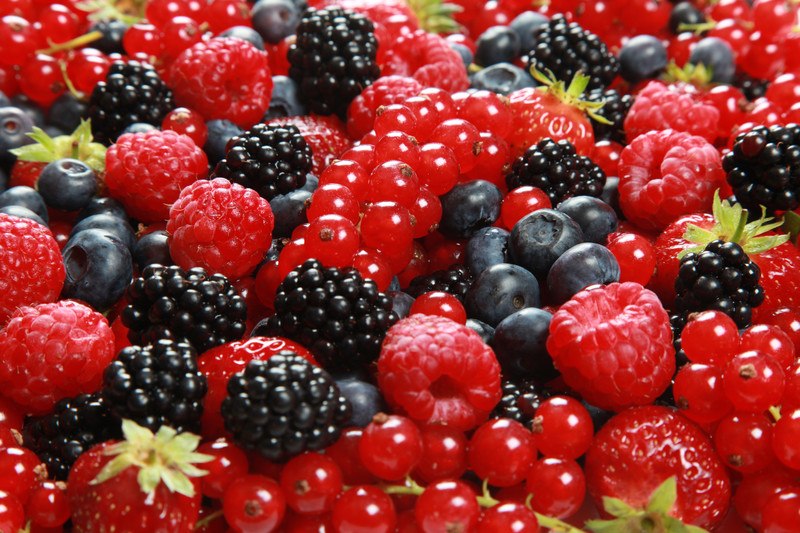
Berries are rich in antioxidants that could help protect the liver. While some of these antioxidants are vitamins, such as vitamin C, other nutrients play a role, too. For example, the dark pigments of some berries, such as blueberries or cranberries, have potent antioxidant effects. These pigments, called anthocyanins, reduce oxidative stress and inflammation so the liver can detoxify and heal.
Berries are also useful for helping people with the fatty liver disease lose weight. Berries are nutrient-dense, with low calorie and carb counts. Blueberries have properties that help turn off the genes that store fat and turn on genes for burning fat, so they could be particularly helpful in this regard. Goji berries, strawberries, and raspberries are also good for weight loss and providing antioxidant support.
Walnuts

Walnuts are rich in protein and healthy fats. English walnuts are especially rich in omega-3 fatty acids, which could reduce inflammation and oxidation in the liver. Some sources indicate that eating walnuts has been associated with better liver function.
Walnuts are also rich in arginine, an amino acid that helps the liver detoxify ammonia. This is important because high ammonia levels are found in people with liver failure. Arginine is also a precursor for nitric oxide, which could improve blood flow through the liver.
Walnuts contain helpful minerals, too. An ounce of English walnuts provides 42% of the daily recommendation for manganese, as well as 11% for magnesium and 50% for copper. Copper is interesting because it could help prevent the development of non-alcoholic fatty liver disease in men.
Kiwi
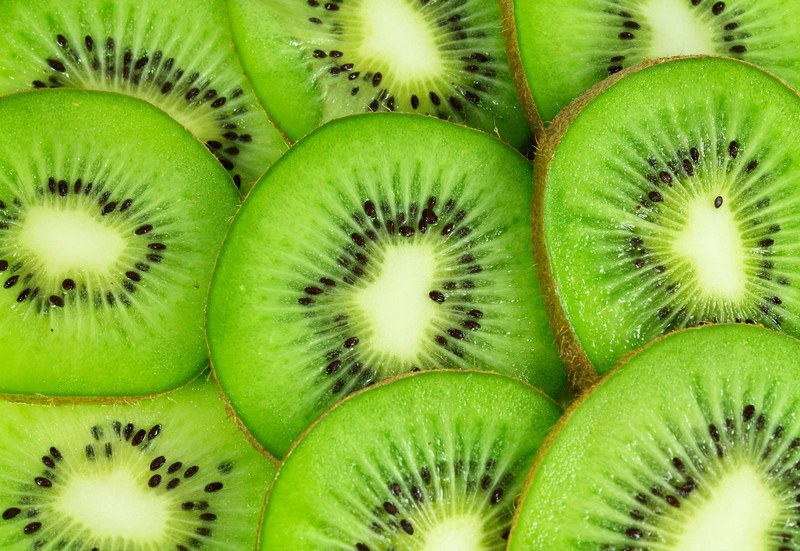
In some places around the world, Kiwi fruit has been prescribed to help support the liver. Research now shows that kiwi fruit is rich in antioxidants that could protect the liver and prevent the buildup of fat in the liver.
Kiwi fruit is rich in vitamin E, and this could play a role in its protective effects. Vitamin E acts as an antioxidant, but it could also help reverse fatty liver disease by reducing inflammation in the liver. One kiwi fruit provides 4% of the daily recommendation for vitamin E, as well as 62% for vitamin C, which also has anti-inflammatory effects.
Kiwi is also a good source of B vitamins, vitamin K, and minerals such as copper, magnesium, and potassium.
Brown Rice

Brown rice is a rich source of fiber, which helps take the load off the liver by aiding in the digestive process. It’s also helpful as a weight-loss food, which could help treat fatty liver disease. Some sources indicate that brown rice is effective for fighting visceral fat, and it could help control blood sugar levels.
Brown rice is also a good source of helpful vitamins and minerals. One cup of cooked brown rice provides a wide range of B vitamins. It also supplies 18% of the daily recommendation for copper, 21% for magnesium, 93% for manganese, and 11% for zinc. Zinc is helpful for fighting fatty liver disease because it plays a role in weight loss. Zinc could help reduce the appetite, lower insulin resistance, and reduce inflammation, so people can lose weight and begin to repair their livers.
Spinach

A cup of raw spinach provides 16% of the daily recommendation for vitamin A, 9% for vitamin C, and 3% for vitamin E. All of these vitamins have some antioxidant properties that could help protect the liver. It also contains 121% of the daily recommendation for vitamin K, which is important because vitamin K is primarily stored in the liver. When the liver is damaged because of too much fat, it doesn’t store vitamin K as well, so people with fatty livers are at risk for vitamin K deficiency.
Spinach also helps address fatty liver disease by aiding in weight loss. This is primarily because spinach is a nutrient-dense food with few calories and plenty of fiber. Spinach is a good source of liver-supporting minerals, too. One cup of raw spinach provides 12% of the daily recommendation for manganese, as well as significant levels of magnesium, copper, and potassium.
Five Top Herbs For The Liver
Now that you’ve read through the list of the 10 best foods to eat for fatty liver disease, let’s discuss some common herbs that could also help cleanse the liver. Many of these herbs could already be in your kitchen.
Herb #1: Green Tea
Green tea is well-known for its detoxifying effects. Green tea could help improve liver function, and it is packed with antioxidants to help protect the liver.
Herb #2: Milk Thistle
Milk thistle, like green tea, has antioxidant properties. It is also a well-known herbal remedy for liver issues, and it could be helpful for managing blood sugar levels, too. Milk thistle is often taken in capsule form.
Herb #3: Dandelion
Dandelion is effective for fatty liver disease because it cleans toxins out of the liver so it can heal. It also helps regulate the amount of fat stored in the liver. Dandelion is often taken as tea.
Herb #4: Turmeric
Turmeric is a bright yellow root herb in the same family as ginger. Turmeric contains a compound called curcumin, which improves liver health and reduces the fat stored in the liver. Turmeric could also be useful for fighting some cancers.
Herb #5: Ginseng
Ginseng, particularly red Korean ginseng, has been shown to improve liver function and aid in reducing the amount of fat stored in the liver. It has powerful anti-inflammatory effects.



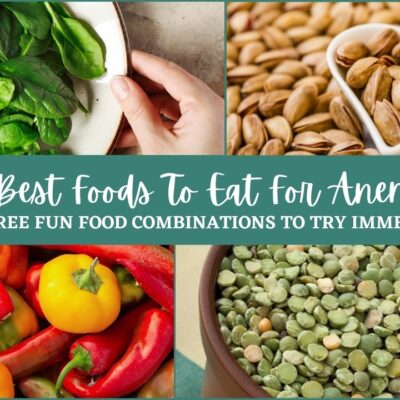

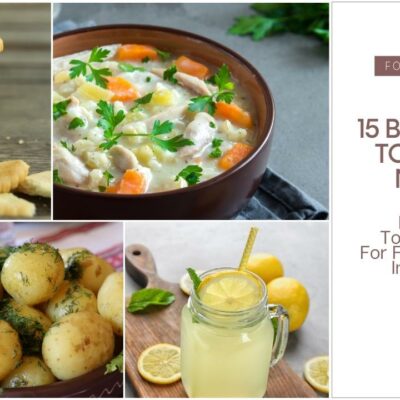

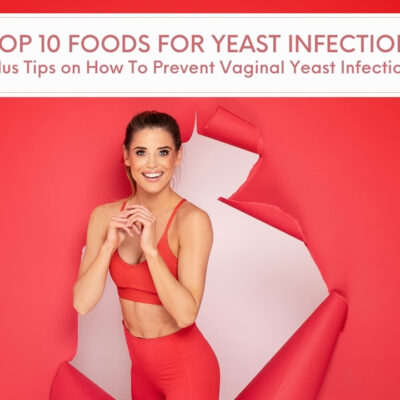
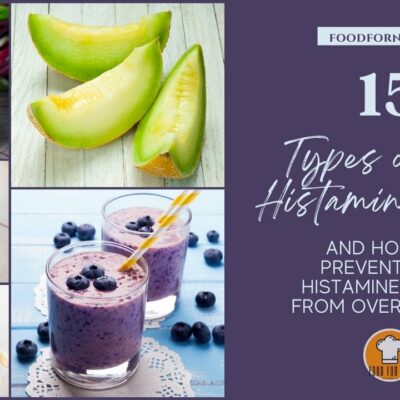




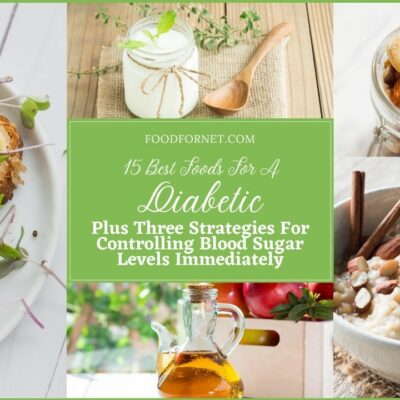
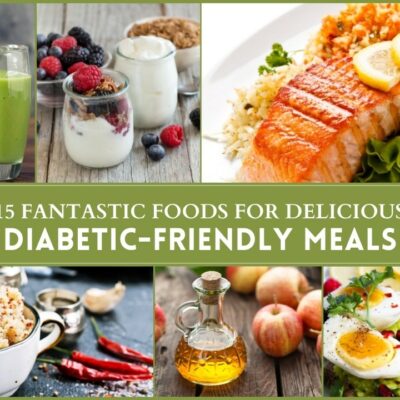
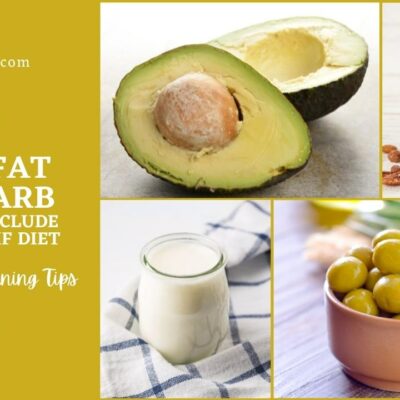
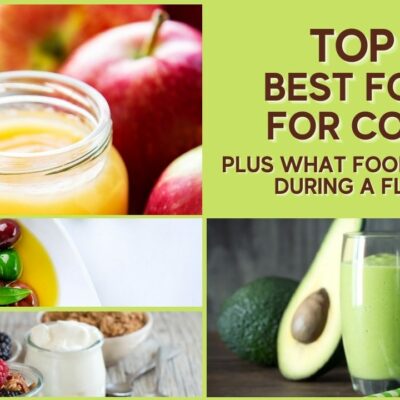
 Is Celery Good For You?
Is Celery Good For You?
Leave a Reply